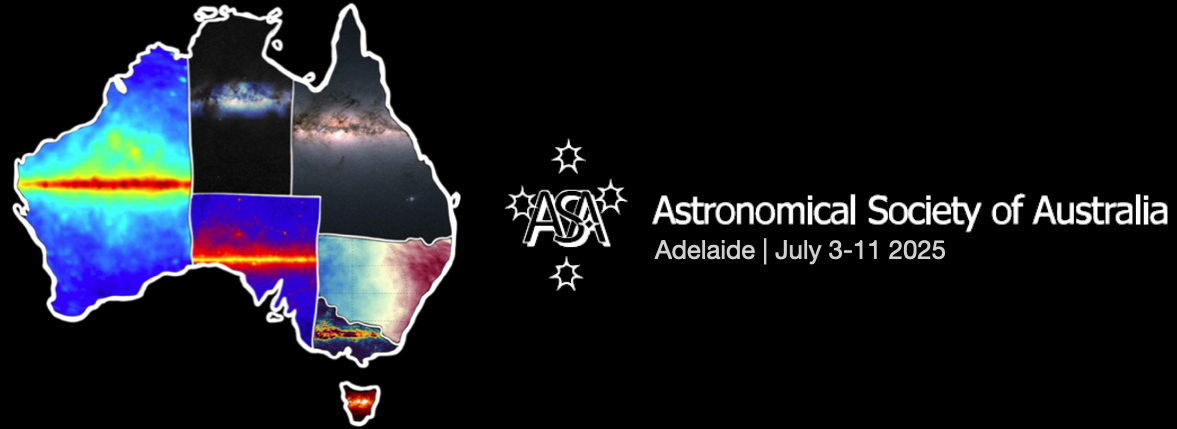Speaker
Description
Stellar actions are widely assumed to be conserved for use of orbit reconstruction techniques in Galactic studies. However, the Milky Way disk is highly dynamic, with time-dependent, non-axisymmetric features such as transient spiral arms and giant molecular clouds (GMCs) driving fluctuations in the gravitational potential constantly perturbing stellar orbits. Using high-resolution magnetohydrodynamic simulations that self-consistently model gas dynamics, star formation and gravitational interactions, we investigate the evolution of stellar actions over Myr to Gyr timescales. We find that actions undergo a random walk in logarithmic space, with vertical actions evolving faster than radial actions. A diffusion model fitted to the data yields characteristic timescales of ~100 Myr beyond which actions lose memory of their initial conditions, placing a fundamental limit on the reliability of orbit reconstruction methods. The diffusion rate associated with the random walk is found to be weakly dependent on the stellar birth environment and scales approximately linearly with the galactic orbital frequency at the star’s position. Comparison with older stars initially present in the simulation reveals that vertical and radial action evolution are driven by distinct mechanisms, with GMCs being responsible for vertical action change and transient spiral arms altering radial actions. Our study challenges the core assumption of stellar action conservation in Galactic dynamics studies even over short dynamical timescales. However, because stars born clustered in action space remain relatively clustered despite diffusion, action-space clustering remains a promising tool for reconstructing disrupted star clusters.

